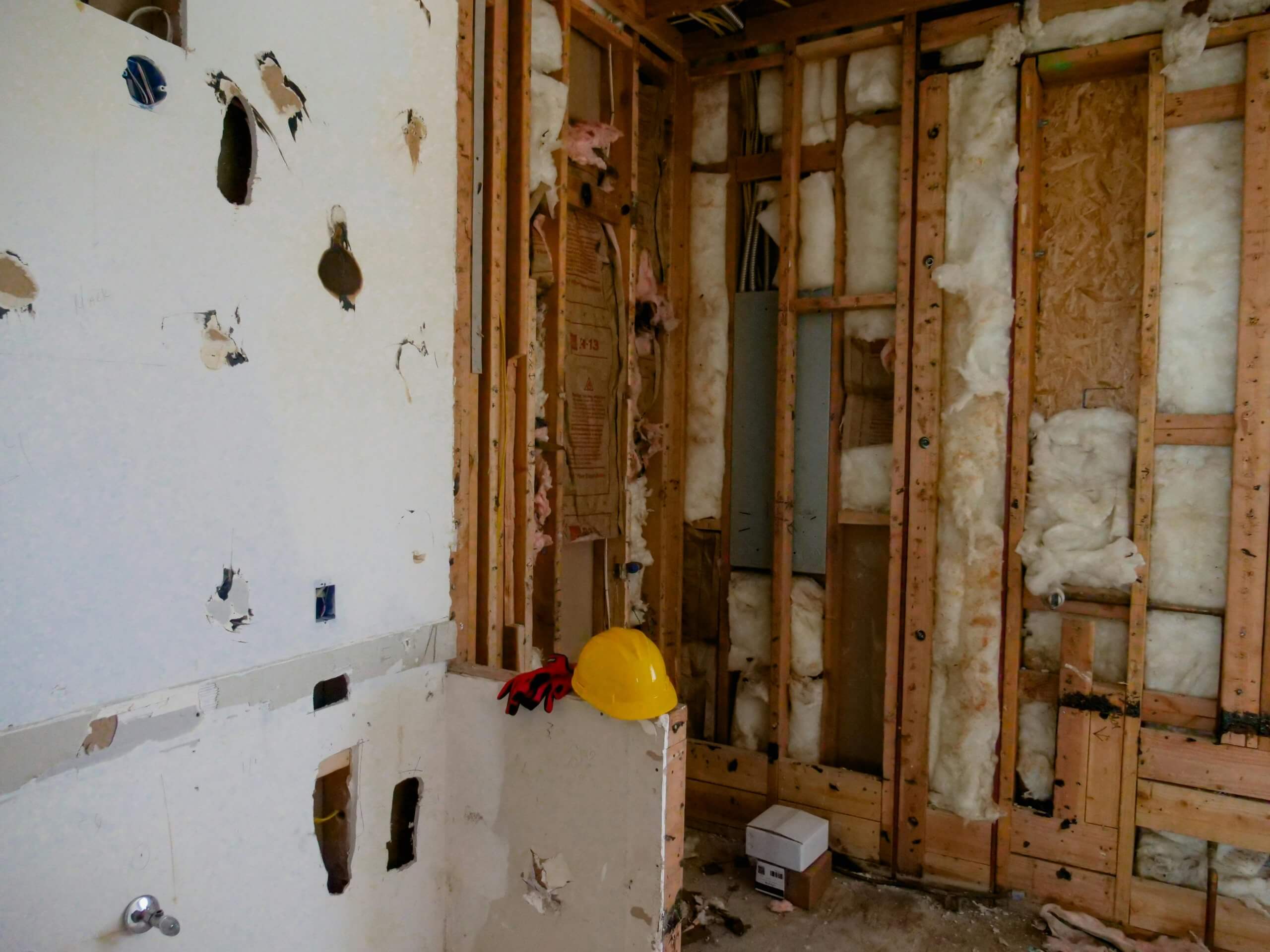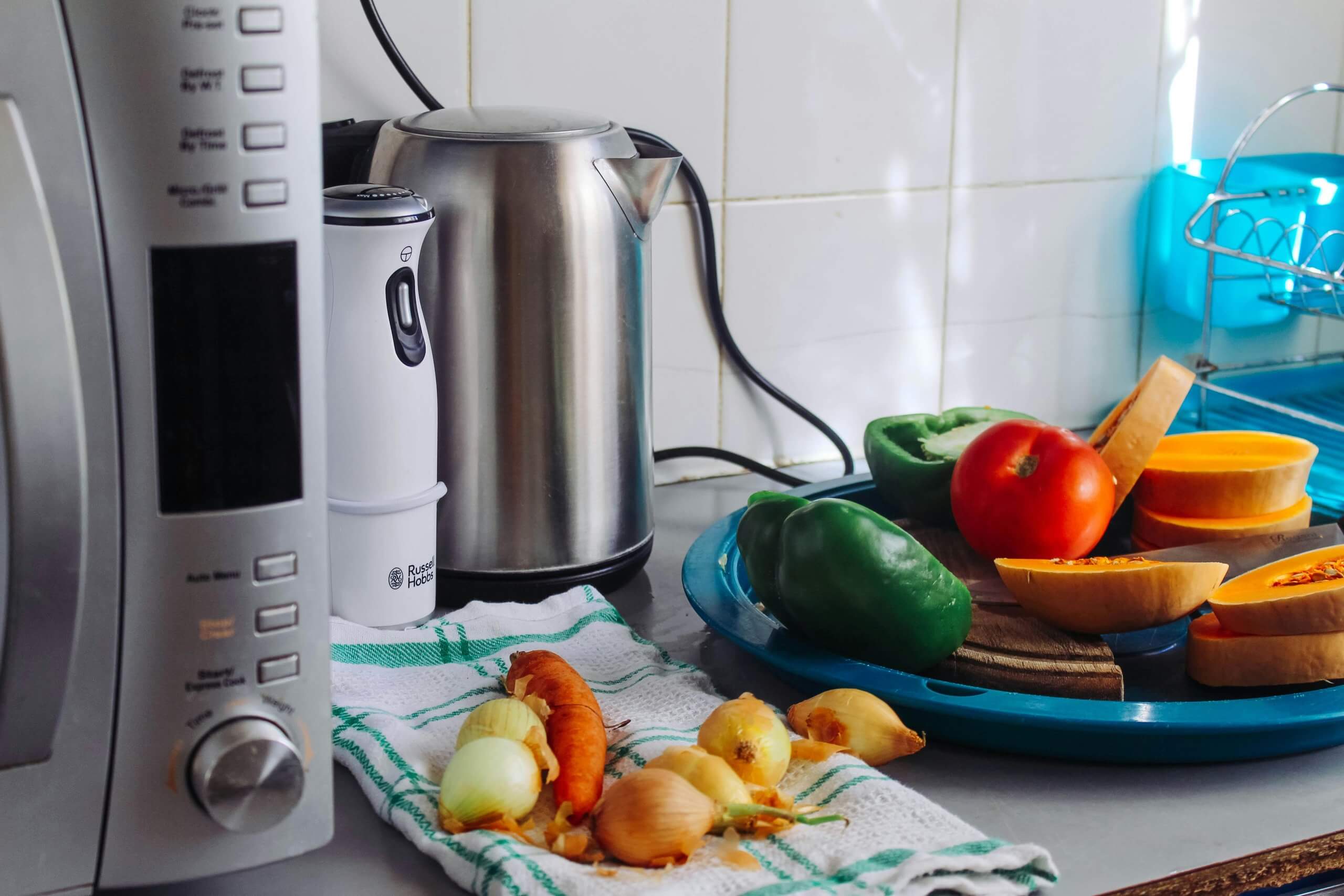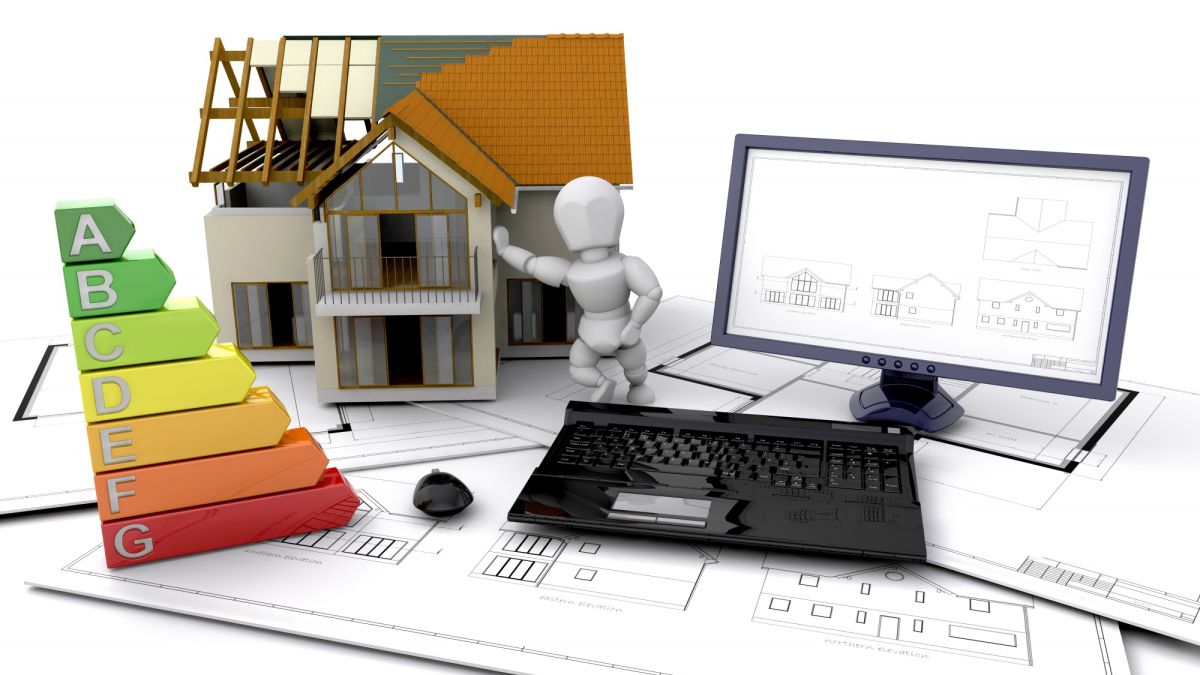Rising energy costs and growing environmental concerns have homeowners everywhere looking for ways to reduce their energy consumption. The good news is that making your home more energy efficient doesn’t require a complete overhaul or massive investment. With a few strategic improvements, you can significantly lower your utility bills while creating a more comfortable living environment. Here are six simple steps that can make a substantial difference in your home’s energy efficiency.
1. Upgrade Your Lighting to LED Bulbs
One of the easiest and most cost-effective ways to improve your home’s energy efficiency is replacing traditional incandescent and CFL bulbs with LED lighting. LED bulbs use up to 80% less energy than incandescent bulbs and last 25 times longer, making them an excellent long-term investment.
The initial cost of LED bulbs may be higher than traditional options, but the savings quickly add up. A typical LED bulb uses only 8-12 watts of electricity compared to 60 watts for an incandescent bulb while producing the same amount of light. Over the bulb’s lifetime, this translates to significant savings on your electricity bill.
Beyond the energy savings, LED bulbs generate less heat than traditional bulbs, which means your air conditioning system won’t have to work as hard during warmer months. This creates a cascading effect of energy savings throughout your home.
2. Seal Air Leaks and Improve Insulation

Air leaks are silent energy thieves that can account for 25-30% of your home’s heating and cooling costs. Common areas where air escapes include windows, doors, electrical outlets, and gaps around pipes or cables entering your home.
Start by conducting a simple visual inspection of these areas. You can also perform a basic test by holding a lit candle near potential leak points on a windy day – if the flame flickers, you’ve found an air leak. For a more thorough assessment, consider hiring a professional to conduct a blower door test.
Sealing these leaks is often as simple as applying weatherstripping around doors and windows or using caulk to fill small gaps. For larger openings, expanding foam can provide an effective seal. Don’t forget to check your attic access door, which is often overlooked but can be a significant source of air leakage.
Improving insulation goes hand-in-hand with sealing air leaks. Proper insulation in your attic, walls, and basement can dramatically reduce your heating and cooling needs. The Department of Energy recommends specific R-values (thermal resistance) for different regions, so check what’s appropriate for your climate zone.
3. Install a Programmable or Smart Thermostat
Your heating and cooling system likely accounts for the largest portion of your energy bill, making thermostat management crucial for energy efficiency. A programmable thermostat allows you to automatically adjust temperatures based on your schedule, ensuring you’re not heating or cooling an empty house.
Smart thermostats take this concept further by learning your habits and preferences while allowing remote control through smartphone apps. Many models can detect when you’re away and adjust temperatures accordingly, then have your home comfortable by the time you return.
The key to maximizing savings is programming appropriate temperature setbacks. The Department of Energy suggests setting your thermostat 7-10 degrees lower (in winter) or higher (in summer) for eight hours per day when you’re away. This simple adjustment can save up to 10% on your annual heating and cooling costs.
4. Optimize Your Cooling Strategy with Efficient Fans
While air conditioning is often necessary during hot summer months, you can reduce your reliance on it by incorporating fans into your cooling strategy. An energy efficient ceiling fan can make a room feel 4-6 degrees cooler while using only about 75 watts of electricity – a fraction of what an air conditioning unit consumes.
Ceiling fans work by creating air movement that helps evaporate moisture from your skin, creating a cooling effect. This allows you to set your thermostat a few degrees higher while maintaining the same comfort level. The key is choosing a fan with an Energy Star rating and ensuring it’s properly sized for your room.
During winter months, many ceiling fans can reverse direction to push warm air down from the ceiling, helping distribute heat more evenly throughout the room. This feature makes an energy efficient ceiling fan a year-round energy-saving investment.
Portable and window fans can also be effective, particularly for creating cross-ventilation by drawing cool air in from one side of your home while pushing warm air out the other. This natural cooling method can often eliminate the need for air conditioning during milder weather.
5. Upgrade to Energy-Efficient Appliances

When it’s time to replace major appliances, choosing energy-efficient models can provide substantial long-term savings. Look for appliances with the Energy Star label, which indicates they meet strict efficiency guidelines set by the Environmental Protection Agency.
Start with appliances that use the most energy: refrigerators, water heaters, washing machines, and dishwashers. An Energy Star certified refrigerator uses about 15% less energy than non-certified models, while an efficient washing machine can use 25% less energy and 45% less water.
Consider the total cost of ownership when shopping for new appliances. While energy-efficient models may have higher upfront costs, the energy savings over the appliance’s lifetime often more than compensate for the initial investment. Many utility companies also offer rebates for purchasing energy-efficient appliances, further reducing your costs.
6. Implement Water Heating Efficiency Measures
Water heating typically accounts for 15-20% of your home’s energy use, making it an important area for efficiency improvements. Several simple measures can reduce your water heating costs without sacrificing comfort.
Lower your water heater temperature to 120°F (49°C). Many water heaters are set to 140°F by default, but 120°F is sufficient for most household needs and can reduce energy consumption by 6-10%. If you have a dishwasher without a pre-rinse feature, you may need to keep the temperature at 140°F.
Insulate your water heater tank and the first few feet of hot water pipes. Water heater blankets are inexpensive and can reduce heat loss by 25-45%. Pipe insulation prevents heat loss as hot water travels through your home and can raise water temperature 2-4°F higher than uninsulated pipes.
Fix leaky faucets promptly, especially hot water leaks. A single dripping hot water faucet can waste 212 gallons of water per month, along with the energy needed to heat it.
Consider installing low-flow showerheads and faucet aerators, which can reduce hot water usage by 25-50% without noticeably affecting water pressure.
Conclusion
Making your home more energy efficient doesn’t require a complete renovation or enormous upfront investment. These six simple steps can significantly reduce your energy consumption and utility bills while improving your home’s comfort. Start with the most cost-effective measures like LED lighting and air sealing, then gradually implement other improvements as your budget allows. The cumulative effect of these changes will create a more efficient, comfortable, and environmentally friendly home while putting money back in your pocket every month.
Max Martin
Related posts
Stay connected
- How LoveOn Chat Is Becoming the Most Versatile AI Companion for Digital UsersThe internet keeps shifting toward hyper-personal interaction, and AI companions are at the center of this shift. What used to be simple chatbots are now evolving into emotionally aware, adaptive, and multi-functional digital partners. Among the new generation of platforms, LoveOn Chat is becoming one... The post How LoveOn Chat Is Becoming the Most Versatile […]

